
What are Bioplastics?
Bioplastics are designed to reduce our reliance on fossil fuels. It is important for consumers to understand the different types of bioplastics in order to make the most informed choices.
A major source of confusion is in the difference between biodegradability, compostability and oxo-degradability. Despite these terms often being used interchangeably, they are not synonymous. Consumers need to understand these terms in order to make educated purchasing decisions and to properly dispose of bioplastic products at the end of use.
What is “Biodegradable” plastic?
“Biodegradable” refers to a substance's ability to be disintegrated/decomposed by the action of microorganisms such as fungi or bacteria, whilst being assimilated into the surrounding environment. There are many variant types of “biodegradable” plastic, which can become a minefield for consumers.
Everything will eventually biodegrade, given enough time. But the time it takes for the process to be completed is extremely dependent on factors such as temperature, humidity and the material composition. This is why claiming that a conventional plastic product is biodegradable without any further context, such as a time frame, is misleading to consumers. For this reason we state specifically how our products are biodegradable.

What is oxo-degradable plastic?
While often confused with biodegradable plastics, oxo-degradable plastics are a category on their own. They are neither a bioplastic nor a biodegradable plastic, but rather a conventional plastic material mixed with an additive in order to imitate biodegradation. Oxo-degradable plastics quickly fragment into smaller and smaller pieces, called microplastics, but don’t break down at the molecular or polymer level like biodegradable and compostable plastics. The resulting microplastics are left in the environment indefinitely until they eventually fully break down, a process which can take thousands of years and results in the proliferations of plastic waste. For this reason, we do not use any oxo-degradable plastic in any of our products.
The Eco Alternative.
The final category is compostable plastics. Reputable companies will often be more specific about their bioplastics, going so far as to have them certified compostable. Compostable plastics are a subset of biodegradable plastics, defined by the standard conditions and timeframe under which they will biodegrade.
Compostable materials certified according to EN 13432 will disintegrate within 12 weeks and biodegrade at least 90% within 180 days in municipal or industrial composting facilities. Approximately 10% of solid material will be left at the end of the six-month-long process in the form of valuable compost, or biomass and water. These standards also ensure that the leftover compost will be free of toxins, so the compost will not cause harm when the facility sells it for gardening or agricultural use.
What does the future hold for Bioplastics?
As bioplastics continue to gain market share in the coming years, we believe being clear about the environmental benefits in product and material marketing is imperative. Not only will transparency allow consumers to make more educated purchasing decisions, but it will ensure bioplastics are disposed of through the proper channels. Ensuring correct disposal of bioplastics increases their environmental value, aids in reducing waste sent to landfill and reduces greenhouse gas emissions.
These environmental positives and steps forward in education coupled with a continued reduction in our reliance on fossil fuels makes bioplastics, especially fully compostable ones, a genuine alternative to our reliance on environmentally damaging traditional plastics.




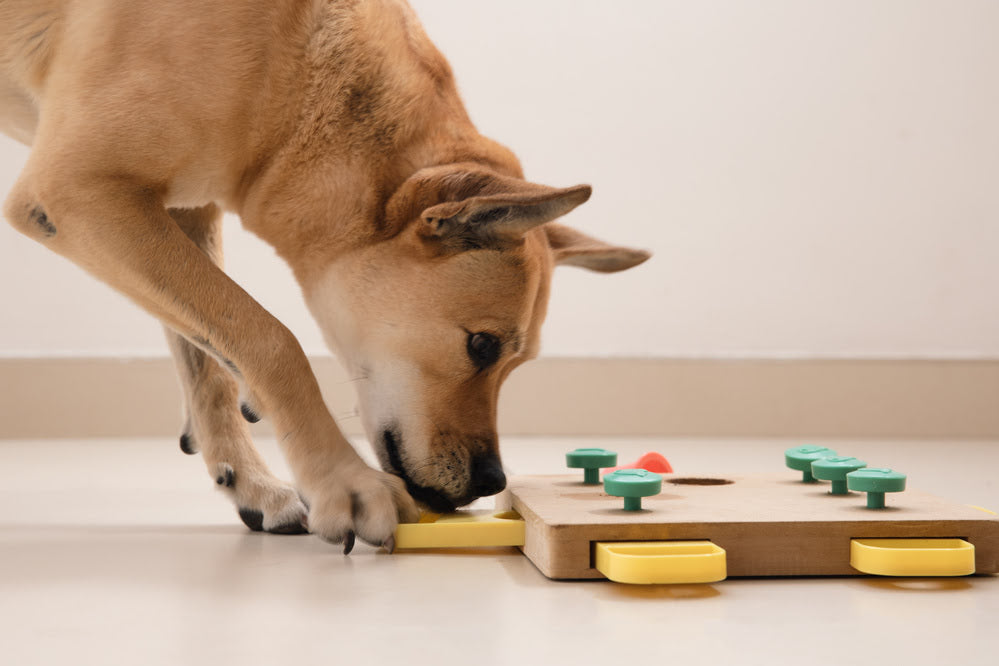
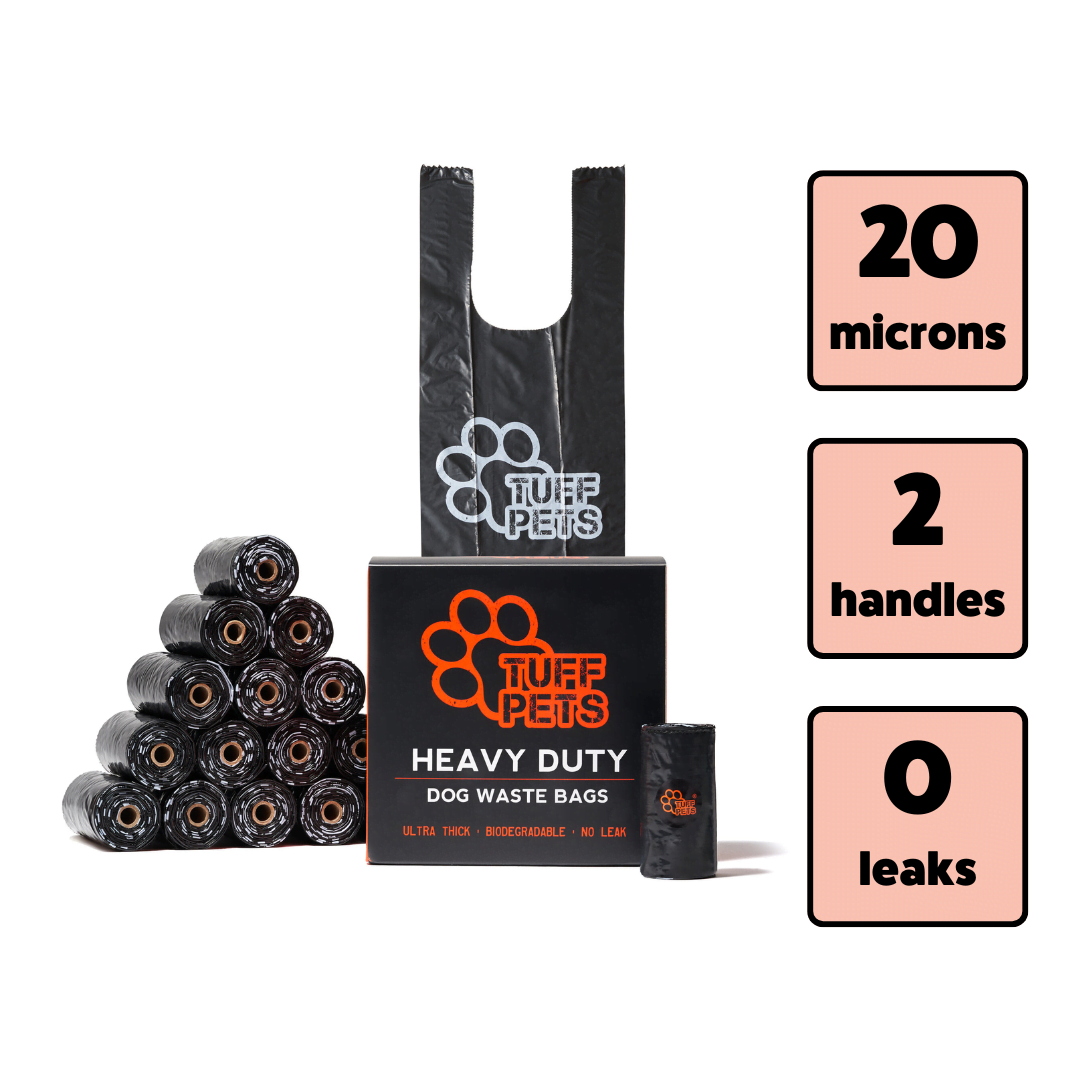
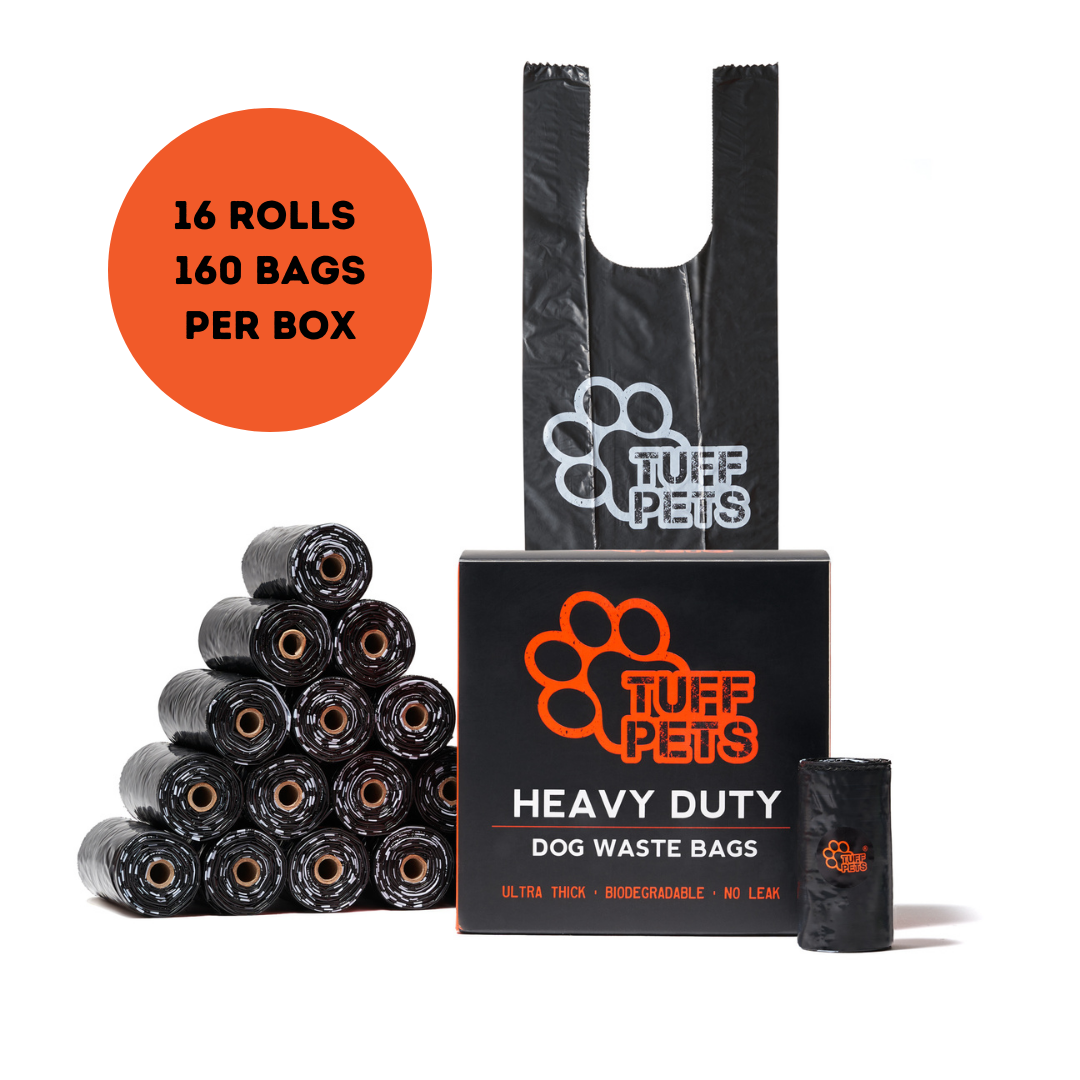


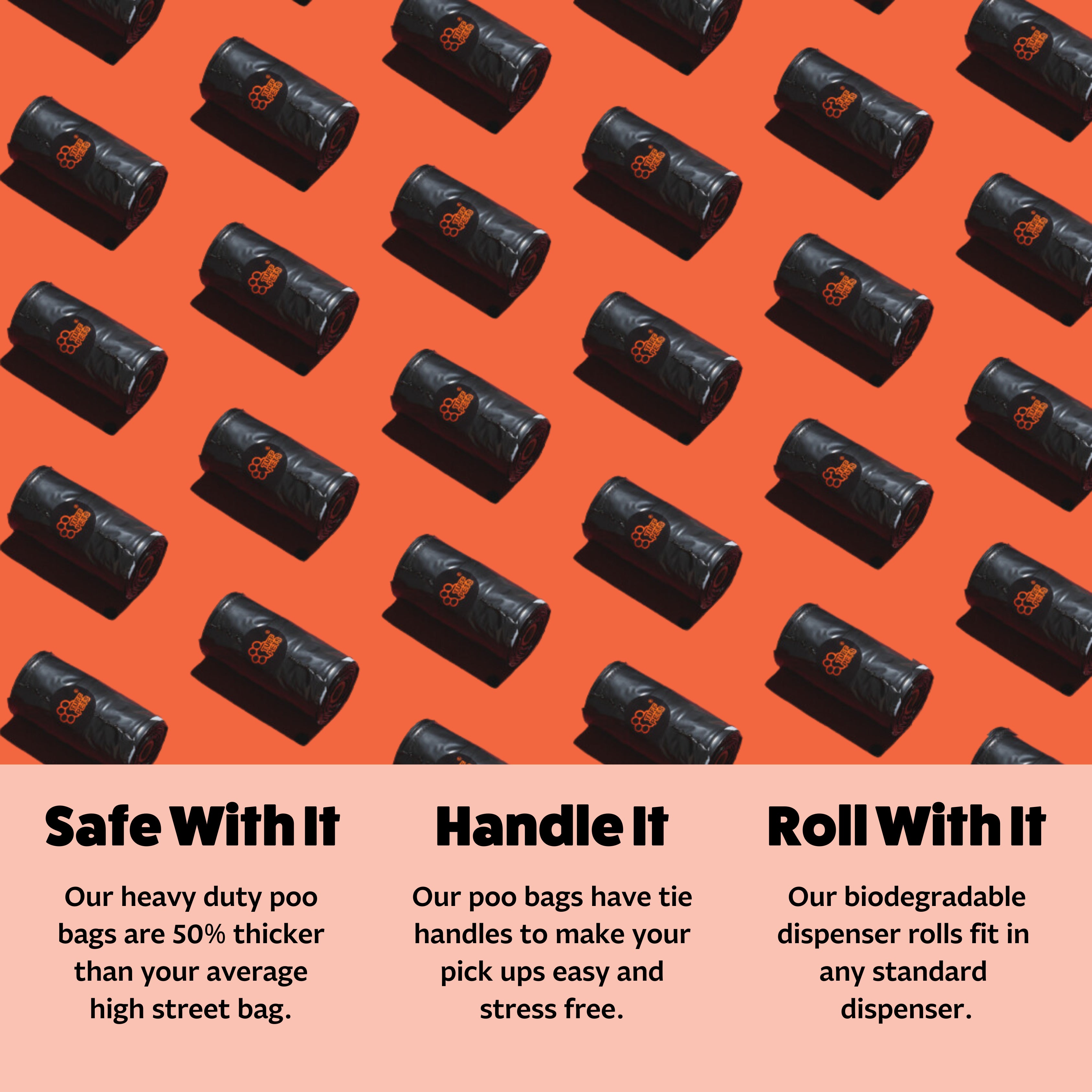
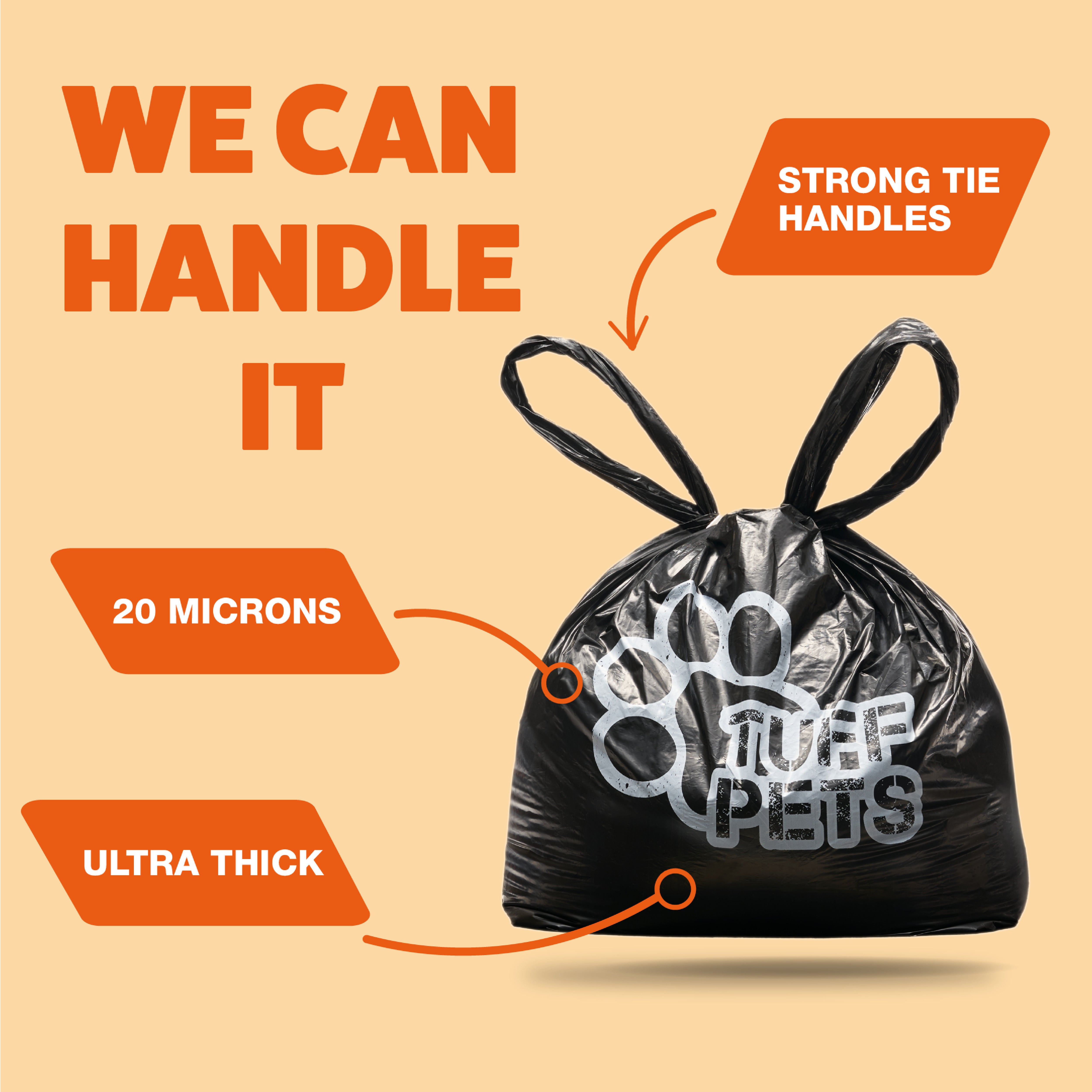

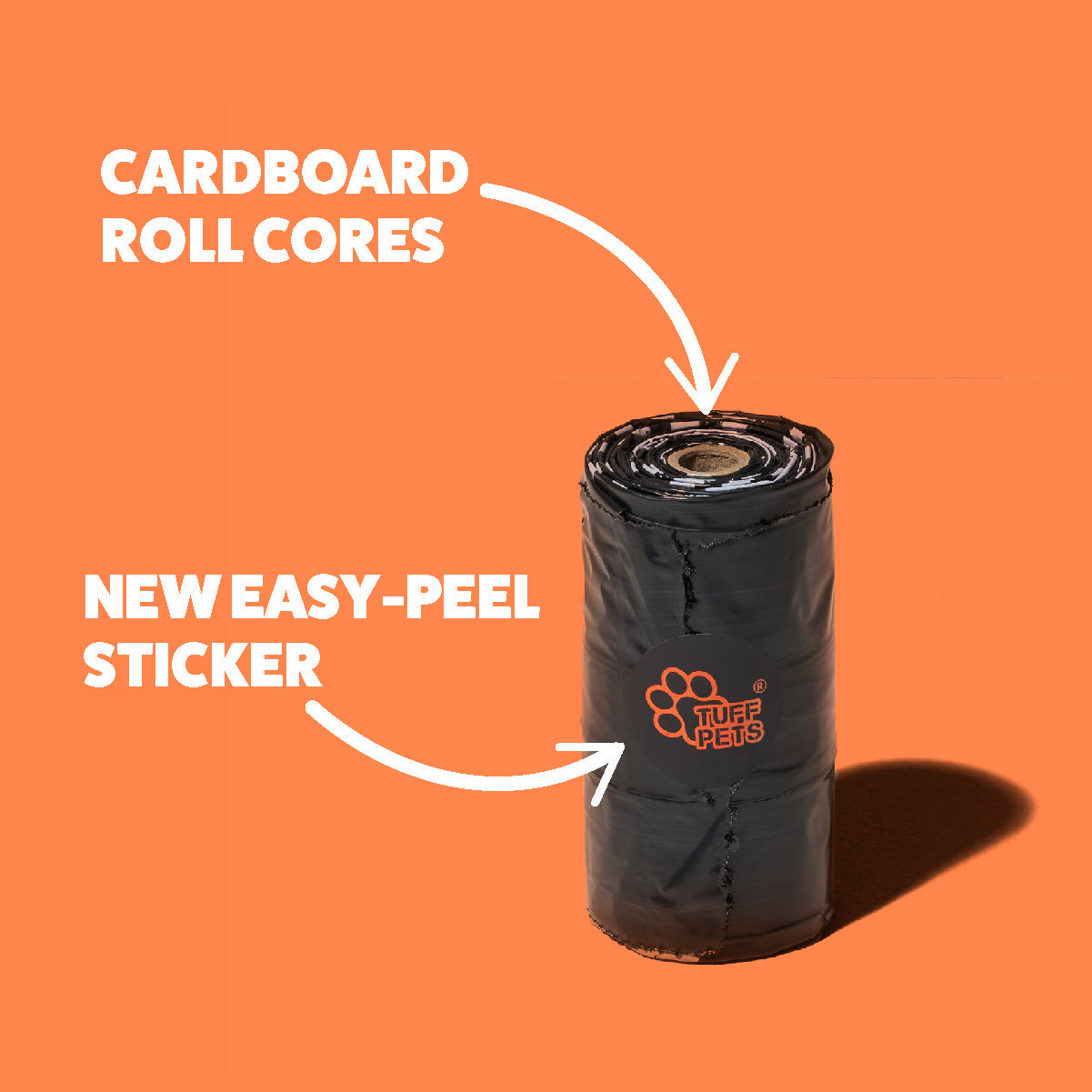
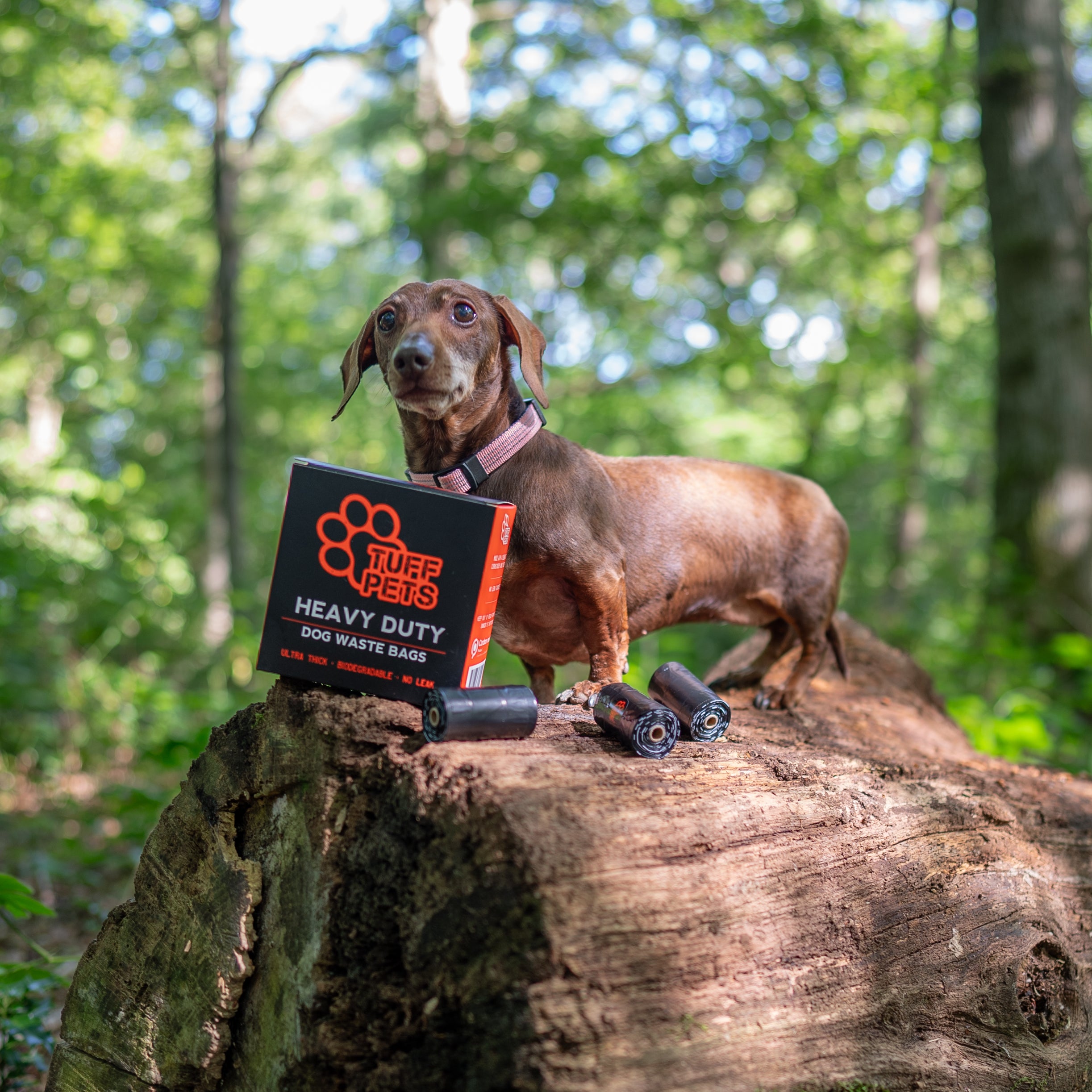

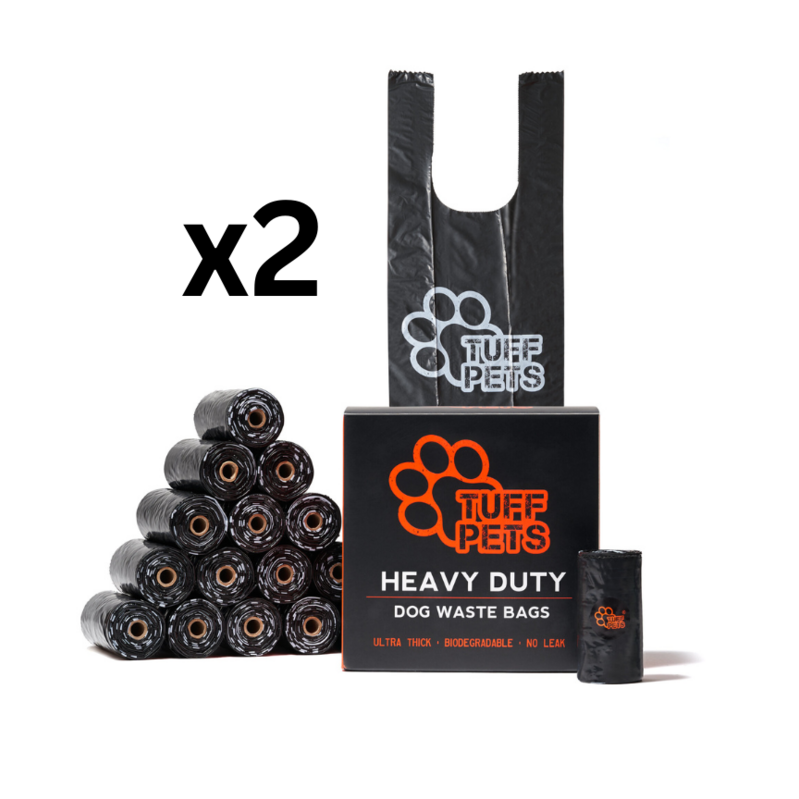
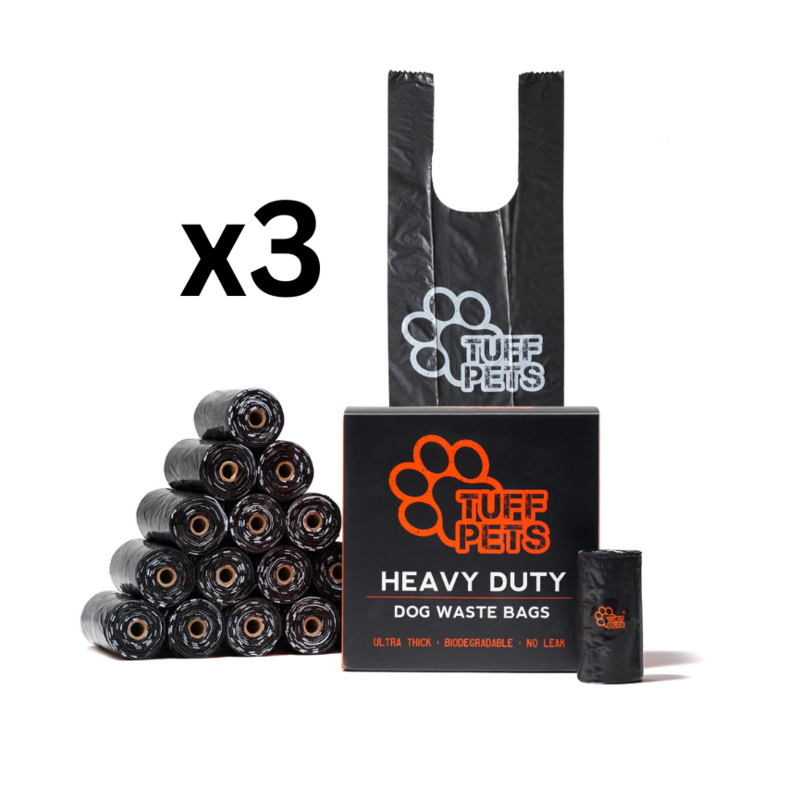
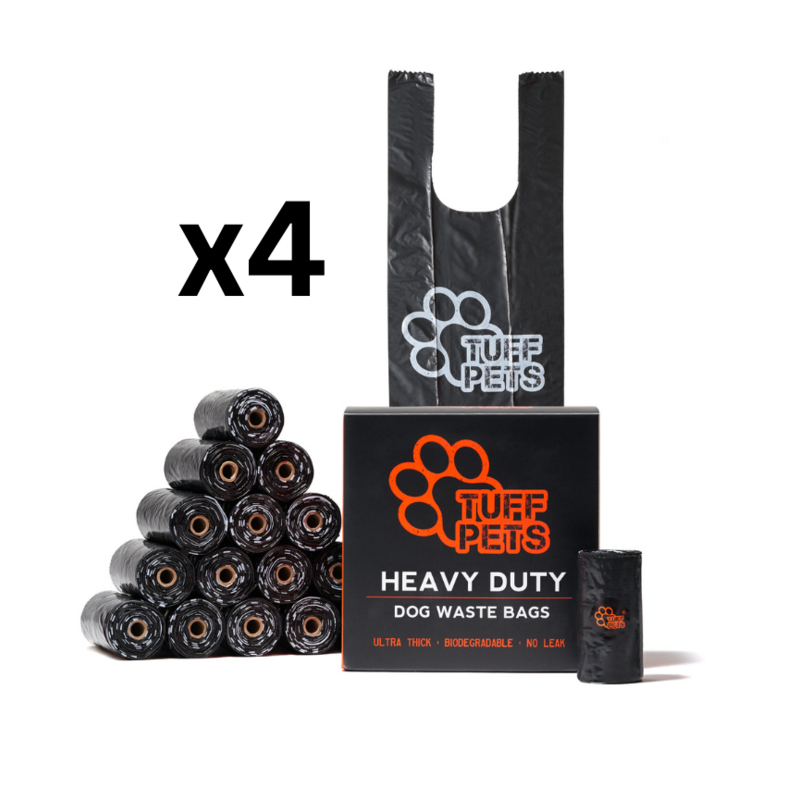
Share:
What Human Foods Can I Feed My Dog?
Tried & Tested Ways to Calm your Anxious Dog Today
1 comment
Enjoyed this article very much; very informative and clearly written. Thank you very much.
Ps. Bags are brilliant. PG.